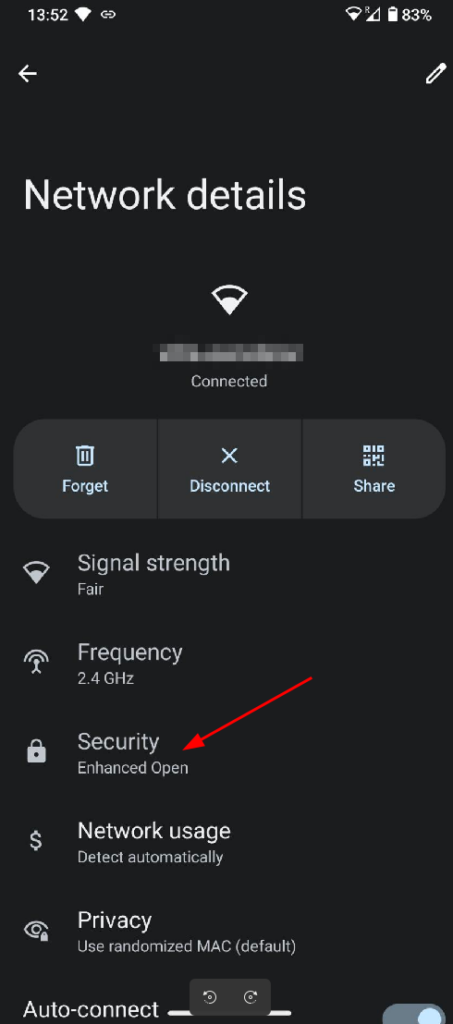As I hinted in my 37c3 post, I was using a bit of time at ‘Congress’ to improve the structure of my containers in the cloud. While I have quite a number of projects running in dedicated virtual machines, I have containerized others such as this blog, my MediaWiki, an OnlyOffice instance, Etherpads and a number of internal projects. Each app typically requires two or three containers, usually one for the app itself, and another one for a MariaDB or other kind of database. And, in addition, there’s a reverse web proxy on each host, so I can share a public IP address and have a central place that automatically gets and updates TLS certificates.
This is all nice and well but one thing that has been bugging me a bit is that each container can communicate with all other containers. Surely, there must be a way to isolate them!?
Continue reading Container Games – Private Networks for Private Containers



